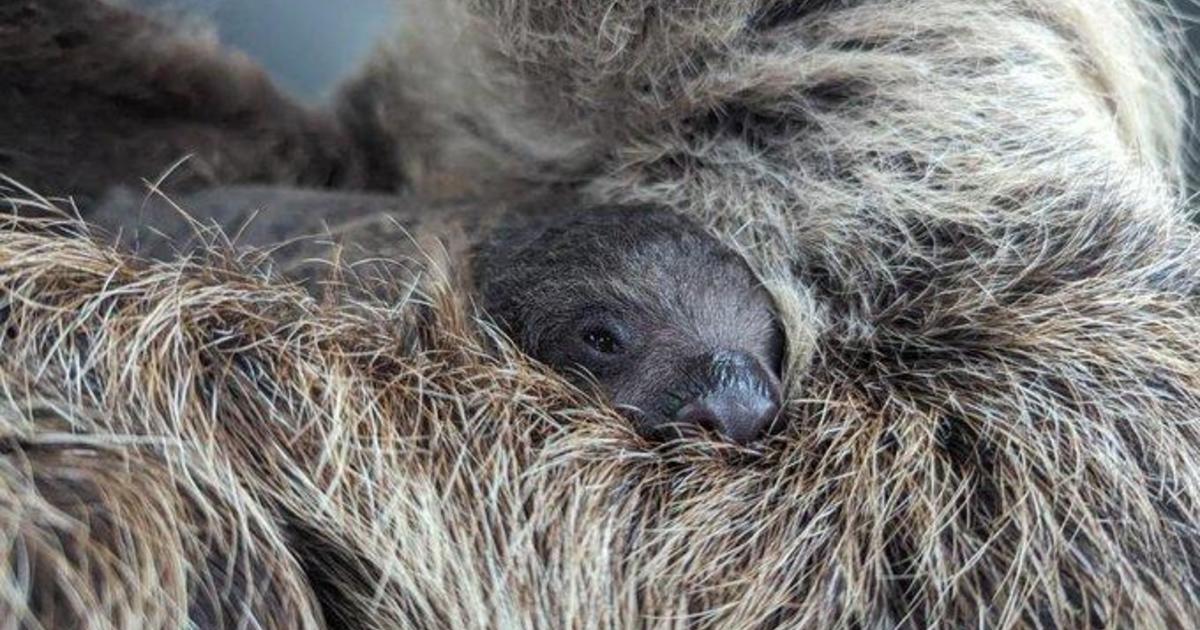As child care costs soar, more parents may have to exit the workforce
The cost of child care has risen so high in recent years that some parents can't afford to work.
As of September, the average household spent more than $700 a month on child care, up 32% from 2019, according to a recent report from the Bank of America Institute. The sharply higher costs are driving some parents to leave the workforce in order to look after their children.
At the same time, many families laying out for child care are having to tap their savings while down on spending, potentially weighing on economic growth, BofA noted.
"While our data only captures payrolls deposited into Bank of America accounts and might not paint the full picture, we think the [spending] decline still points to the possibility of some working parents leaving the workforce as child care prices rise rapidly," the report states.
Child care costs refer to the out-of-pocket expenses parents pay for their child to attend daycare or to hire a babysitter or nanny. The costs typically fall or disappear once a child enters preschool or kindergarten around ages 3 or 5.
The U.S. economy loses an estimated $122 billion a year when parents leave work or reduce their hours in order to stay home with young children, a February study from ReadyNation found.
Inflation has driven up child care costs, while a loss in federal funding last month is also taking a toll. The 2021 American Rescue Plan Act (ARPA) directed nearly $40 billion to child care centers nationwide to help them stabilize their business during the pandemic while keeping prices lower for parents. But those funds expired on September 30.
As a result, the cost of child care services are set to rise even higher, experts say, leading the country toward what they call a "child care cliff." Meanwhile, the roughly two-thirds of families who need child care already dedicate more than 20% of their annual household income toward paying for it, according to a Care.com.
"With child care costs set to rise substantially with government funding disappearing, a lot of people are having to look and say 'Can we afford this higher cost of child care,'" Betsey Stevenson, an economics and public policy professor at the University of Michigan, told CBS News last month. "Child care centers are wondering if they can get in enough revenue to keep their doors open when they're losing access to federal funds."
Democratic lawmakers in Washington are hoping to restore some of the lost ARPA funds under new legislation introduced last month called the Child Care Stabilization Act (CCSA). The measure would allocate $16 billion in mandatory funding to child care centers each year for the next five years, among other things.
Democrats behind the bill point to a June study from The Century Foundation, a progressive public policy group, that estimated households could lose $9 billion every year in earnings because they would have to leave work or reduce their hours in order to look after their children.
Still, the bill faces a tough road in Congress, with Republicans opposing the legislation.



